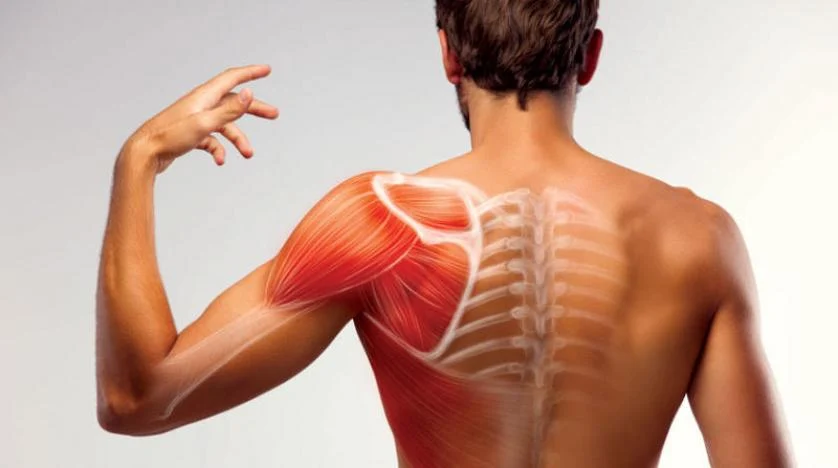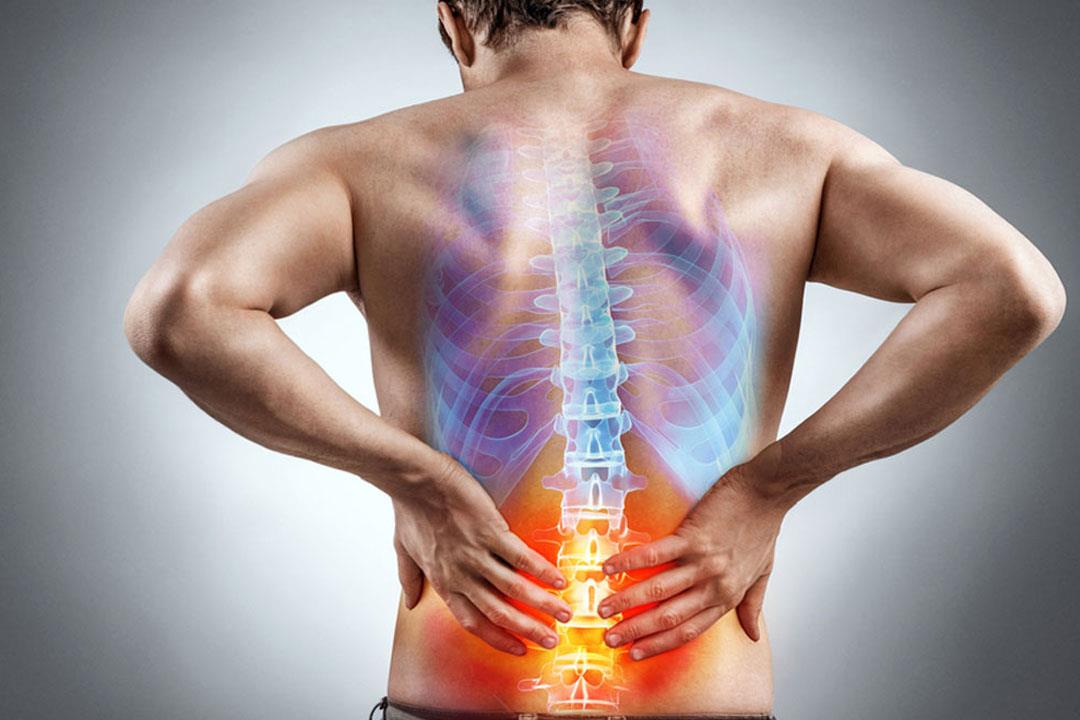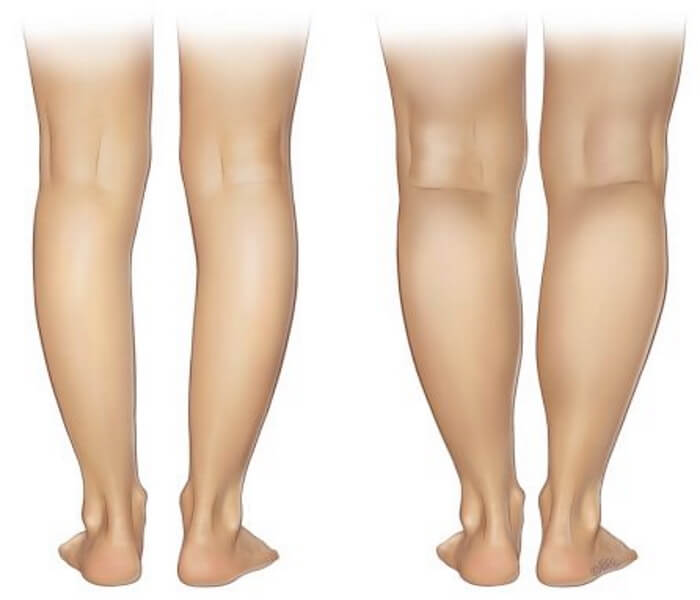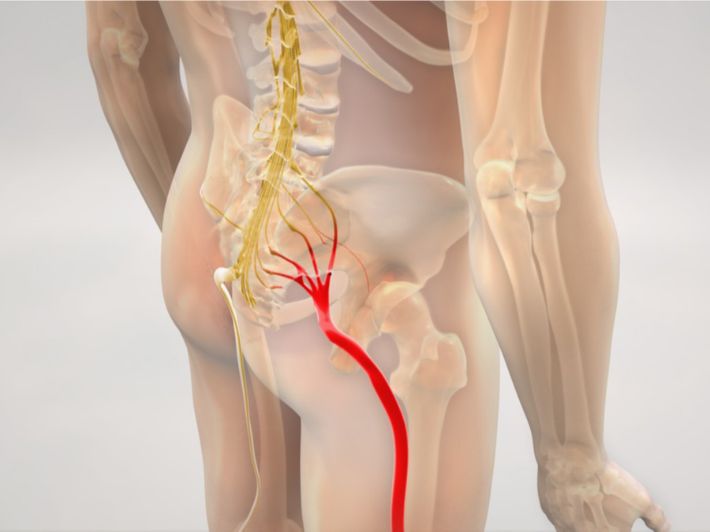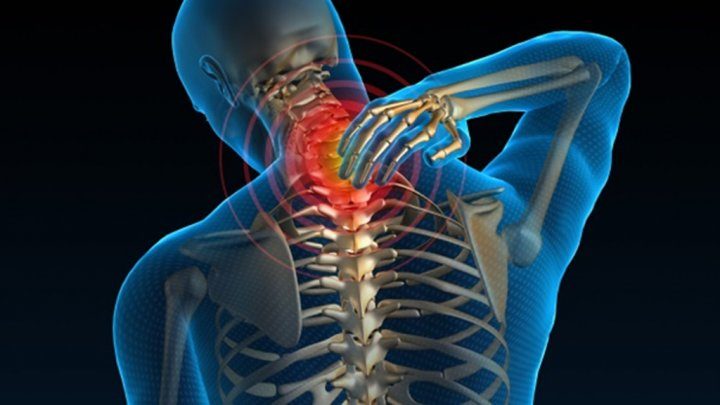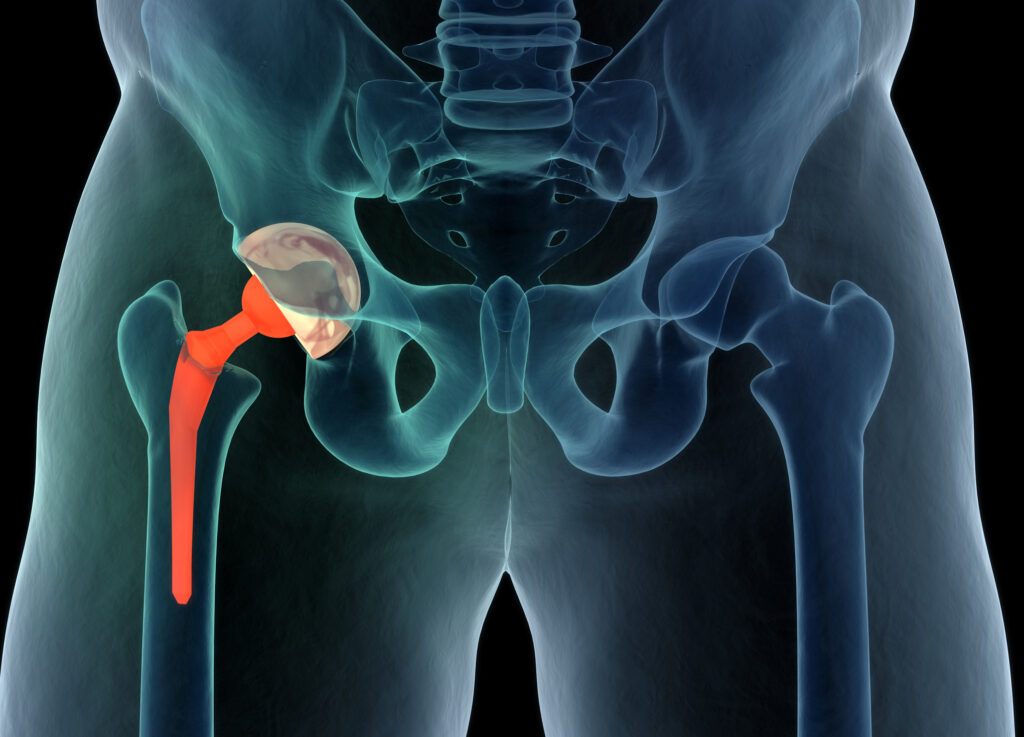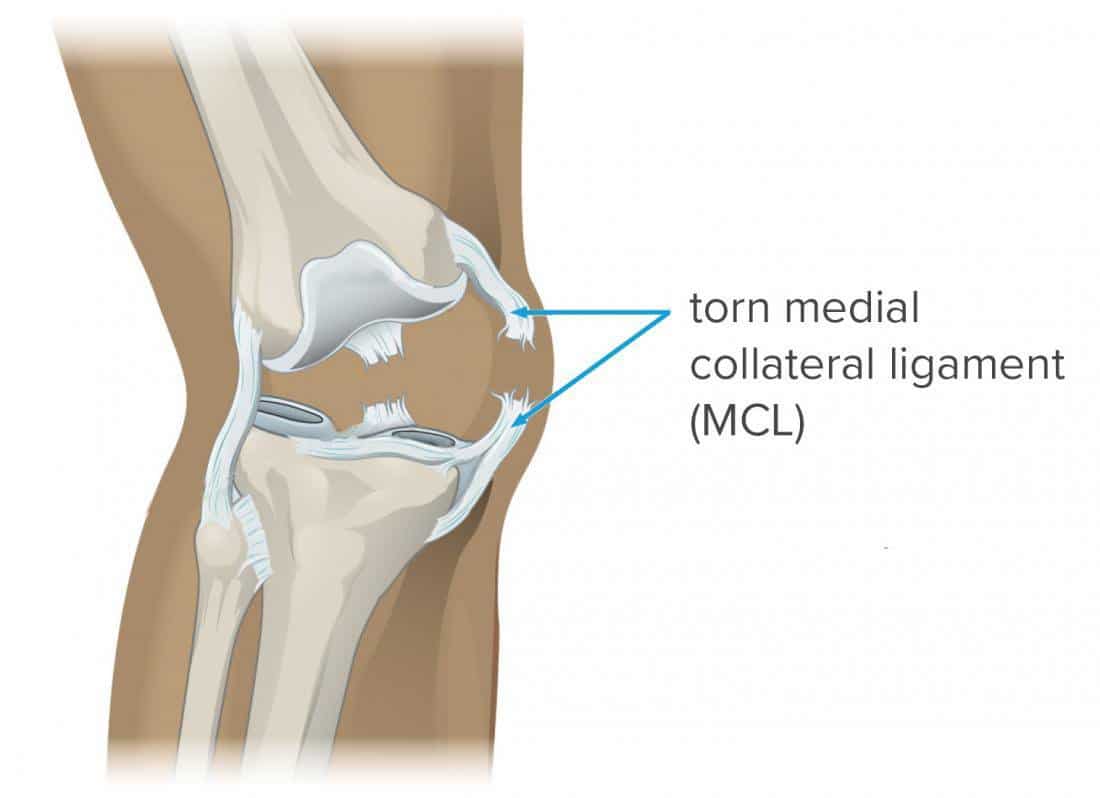Learn more about the cost of plate and screw surgery and what are the reasons for resorting to it?
The cost of plate and screw surgery, these operations are an effective solution for chronic problems such as deep fractures, bone deformities, and damaged joints. It is very important that patients have access to these modern medical services at a reasonable and affordable cost. In this article, we will explore the cost of plate and screw surgery and the factors that affect determining that cost. We will also discuss how to choose the right option based on your health condition and personal needs. This article can be a valuable guide for those looking for information about the cost of surgical operations and related health services.
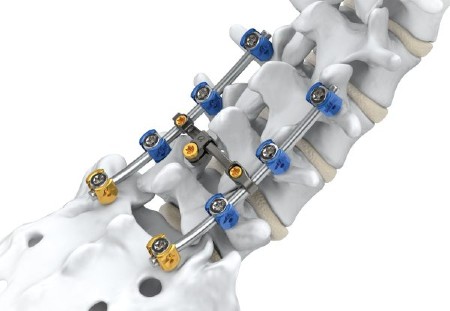
Cost of Plates and Screws Surgery
The cost of plate and screw installation surgery in Egypt varies depending on many different factors. Consultant Ibrahim Hussein, an orthopedic surgery specialist, is one of the experts in this field. He explains that the cost of these surgeries usually ranges from $2,500 to $3,100. These costs include the price of the surgery itself as well as the surgeons’ fees and hospital charges.
The plate and screw installation surgery requires a skilled and experienced doctor in this field. Dr. Ibrahim Hussein, one of the best orthopedic surgeons and spinal surgeons in Egypt, provides the necessary support and knowledge to perform this surgery. To book an appointment and get all the details of the surgery and its expected cost, you can contact him.
The cost of plate and screw removal surgery differs from the cost of small strut installation surgeries. The installation price is set based on the type of screws used and how they are installed. The cost of vertebral fusion and fixation surgery ranges between $2,500 and $4,375. This surgery aims to stabilize and strengthen damaged vertebrae using special materials.
Types of Medical Plates and Screws
You may need to undergo surgery that requires the use of medical plates and screws. This technology is considered one of the modern and important techniques in the field of orthopedic surgery, as it helps stabilize fractures and cracks and aids their natural healing in the right place. In this article, we will review the most important types of medical plates and screws.
- Bone Plates: Bone plates are used to stabilize fractures or repair cracks in bones. They are made of different materials such as titanium or stainless steel. They are characterized by their strength and durability, as the body considers them part of it and does not consider them a foreign body, which contributes to rapid healing and bone union.
- Bone Screws: Bone screws are small metal devices used to stabilize fractures and cracks in bones. They come in different sizes and shapes to suit the needs of specific surgical procedures. They are made of sturdy materials that withstand pressure and provide the necessary stability for the fracture during healing.
- Spinal Plates: Spinal plates are used in spinal surgery. They are used to stabilize affected vertebrae or to correct the spine. These plates are made from different materials such as stainless steel or titanium, and are characterized by a strong, flexible design that enhances stability of the damaged spine.
- External Fixation Screws: External fixation screws are used to stabilize complex fractures or bone defects. This device consists of plates and screws connected to external devices attached to the outer body. This system works to properly redirect forces and pressures to achieve fracture stabilization and union.
- Facial Plates: Facial plates are used in rhinoplasty or correction of facial deformities. These plates are characterized by a flexible, adjustable design, allowing the surgeon to properly shape the tissues to achieve the desired results.
Medical plates and screws are characterized by their ability to provide the necessary stability and support for bones during their healing period. Their use enhances the speed of healing and reduces complications in surgical procedures. However, any recommendations of the responsible orthopedic physician should be considered and they should be consulted in case of unusual pain or signs indicating health complications.

What are the common reasons for needing plate and screw surgery?
Plates and screws are used in all the previously mentioned reasons to immobilize and reinforce bones, and ensure they heal properly. The type and number of plates and screws used depends on the patient’s condition and fracture location. Using plates and screws in bone fixation surgeries is an effective and important surgical procedure that helps restore movement, strength and proper function of the injured bones. The reasons that necessitate this include:
Severe Bone Fractures and Cracks: Severe fractures and bone cracks are one of the common reasons that necessitate resorting to plate and screw fixation surgery. Severe fractures can result in bone fragments that require surgical intervention to immobilize them and facilitate bone healing. This type of fracture is painful and dangerous, and requires specialized treatment and plate and screw fixation surgery to ensure bone immobilization and proper healing.
Complex and Open Fractures: Complex and open fractures are chronic conditions that require surgical intervention to immobilize the bones. These types of fractures may result from car accidents or falls from great heights. When fractures are complex or open, there is a high risk of wound contamination and improper bone healing. Therefore, plates and screws are used to immobilize the bones and enhance their healing process.
Multiple Fractures: Sometimes, multiple fractures occur and require surgery to reconstruct the broken bones and immobilize them. The surgeon may need to use plates and screws to help the bones properly reduce and immobilize in their correct positions. This helps improve the chance of healing of the damaged bones and restore function of the injured bones.
Sports Injuries: Sports injuries are also among the common reasons for resorting to plate and screw fixation surgery. Severe bone damage may occur as a result of violent impact or excessive loading during sports activities. To ensure bone immobilization and complete healing, plates and screws are used as a means to reinforce and properly immobilize the bones.
Osteoporotic Bones: Osteoporotic bones mean lack of bone strength and weight-bearing capacity. The reason for needing plates and screws in this case may be recurrent fractures or another fracture resulting from exposure to slight pressure. Plates and screws provide the additional strength required for osteoporotic bones to overcome brittleness and achieve proper healing.
How is plate and screw fixation surgery performed to immobilize fractures?
Plate and screw fixation is one of the surgeries performed to immobilize fractures, relying on re-joining the fractured bones using medical plates and screws. This procedure aims to enable the bones to heal properly and enhance recovery.
Stage 1: Preparation
The plate and screw fixation procedure is usually performed under general anesthesia, where pain is slowed down and alleviated for the patient. The surgeon makes an incision or opening at the site of injury after identifying it using x-rays.
Stage 2: Plate and Screw Fixation
The fractured bones are re-joined together using medical plates made of stainless, rust-resistant steel. These plates have multiple holes through which medical screws are inserted to securely immobilize the bones and prevent their movement. The goal of plate and screw fixation is to allow the bones an opportunity to heal and regain their natural function.
Stage 3: Healing Process
After the plate and screw fixation procedure, the patient requires a period of recovery and healing. The healing period varies depending on the severity of the fracture and its location. In cases of minor fractures, the healing period usually takes 6 to 8 weeks. Some more complex cases may take longer to completely heal.
Advantages of Plate and Screw Fixation
Plate and screw fixation offers several advantages, including:
- The plates and screws allow stable bone immobilization, ensuring comfort and quick recovery for the patient.
- The appropriate plate and screw design is used for each specific case according to the severity and location of the fracture.
- This procedure reduces the possibility of bone deformities and increases treatment efficacy.
- Plates and screws make the bones more stable, reducing the chance of re-fracture in the future.
Plate and screw fixation is one of the important ways to immobilize fractures and achieve quick and proper healing. The patient should consult specialized physicians about this procedure and wait for the assessment and evaluation of their health condition and fracture extent before deciding on plate and screw fixation.

What is the recovery period after plate and screw fixation surgery?
Many patients undergoing spinal fusion surgeries want to know the recovery period after surgery and when they can return to their normal lives. Spinal fusion surgery is a surgical procedure used to treat diseases and injuries in the spine. Typically, fused vertebrae take 3 to 6 months to fuse into one solid bone mass after surgery. However, it may take the vertebrae longer than that to completely heal.
The recovery period after spinal fusion surgery varies from patient to patient and depends on several factors. In general, patients can return to their normal routine within 4 to 6 weeks after surgery. However, complete recovery may take a little longer, approximately 3 to 6 months. During this period, pain can gradually subside and continue to fade over time.
Following the doctor’s instructions and maintaining a healthy lifestyle after surgery can greatly contribute to the healing process. Patients are advised not to engage in activities that require excessive strain for a period of time after surgery. It is also preferable to avoid heavy lifting, prolonged sitting, and stopping when feeling tired. Patients should also regularly take prescribed medications and attend physical therapy sessions if directed to do so.
The time it takes for pain relief after spinal fusion can also vary from person to person. However, many patients note a gradual improvement in pain after about 4 weeks from surgery. Some residual pain may persist for a few additional months before completely fading away.
To ensure successful recovery after spinal fusion surgery, patients must adhere to all medical guidelines and work on promoting healing through light exercise and proper nutrition. If any potential problems or complications arise after surgery, patients should contact their doctor immediately for proper evaluation and care.
Is there a difference between the cost of plate and screw fixation surgery and plate and screw removal surgery?
The cost of plate and screw fixation surgery differs from that of plate and screw removal surgery in many aspects. Regarding fixation, its cost is determined based on the type of screws used and the necessary surgical procedure. The price of the materials used to manufacture the plates and screws may also affect the final cost.
For example, specialist Ibrahim Hussein, an orthopedic surgeon, explains that the cost of plate and screw fixation surgery usually ranges between 40,000 to 50,000 EGP, which includes surgery fees and medical team charges. It should be noted that these prices may vary depending on the manufacturing country of the materials and other additional factors.
As for plate and screw removal surgery, its cost may differ from that of fixation, as no fixed value is set for its cost. The price of this procedure is affected by the materials used to manufacture the plates and screws, in addition to the cost of the procedure itself as well as that of plate and screw removal.
Therefore, it can be said that there is a difference in the cost of plate and screw fixation surgery and their removal. In fixation, the cost of the procedure is determined based on screw type and required surgical intervention, while in plate and screw removal, the cost is affected by the materials used and procedure costs. Thus, the patient should consult a specialist physician to obtain a detailed estimate of the required procedure cost.

Pain from Plates and Screws
Those exposed to bone fractures are cases where doctors may need to immobilize the fracture to facilitate its healing and reduce associated pain. One of the fixation methods used in this context is the installation of plates and screws. Recent research has shown that 75% of patients who had their plates removed experienced improved symptoms and did not suffer the same severity of pain, while 25% of other patients still had residual pain.
It should be noted that doctors do not use plates and screws in all bone fracture cases, as casts and splints are still used in some instances. For example, using a splint does not help facilitate the healing of some fractures, so it becomes necessary to resort to plate and screw fixation to immobilize the fracture and assist in its healing process.
However, patients should immediately consult their treating physician without delay if they experience pain in the area of plate and screw installation, as this may indicate the development of health complications. Pain at the plate and screw site depends on the type of fracture and plate used.
Pain medication is usually provided to patients after surgery to relieve pain. Importantly, there is no such thing in medicine as a “pain percentage,” as the severity of pain felt by patients can differ from one person to another based on individual pain tolerance.
In conclusion, installing plates and screws to immobilize fractures is an important and necessary medical procedure in some cases. Specialized physicians should evaluate each case individually and make appropriate decisions based on the patient’s condition and type of injury. Following the treating physician’s guidance and directions remains important for patients to ensure successful treatment and
After Plate and Screw Surgery
After having plate and screw surgery in the mouth cavity, proper recovery is extremely important to ensure the success of the operation and a quick return to normal. Therefore, following the recommendations provided by dental experts is critical. In this article, we will give you five tips for healthy recovery after plate and screw surgery.
- Proper Nutrition:
After the operation, it is necessary to follow your doctor’s guidance regarding the appropriate diet. Plate and screw surgery may limit jaw movement, so you may have difficulty eating. It is advisable to avoid sticky or hard foods that can increase pressure on the jaw. Eating nuts, grains and vitamin- and mineral-rich fruits will help the body recover and heal quickly. - Rest and Relaxation:
After surgery, the body needs rest and relaxation. It is advisable to follow the doctor’s instructions on when to take medications and change dressings regularly. You may experience some side effects after the operation, such as pain and swelling, so it is important to take care of analgesics and anesthesia necessary to control pain and facilitate the healing process. - Exercising After Surgery:
Despite the importance of rest, it is also necessary to start exercising after surgery. Light walking and simple exercises are recommended to stimulate blood circulation and enhance the healing process. You may need to work with your doctor to determine the appropriate duration and level of exercise. - Follow the Doctor’s Wound Care Instructions:
After surgery, dressings may be placed on the wound to protect it. It is advisable to leave the dressings on for at least 24 hours, then follow the doctor’s instructions on changing dressings and properly caring for the wound. It is essential to avoid disturbing the wound and avoid touching it unnecessarily. - Contact the Doctor if You Have Any Complaints:
If any abnormal symptoms appear after the operation, such as excessive pain, bleeding, or fever, the doctor should be contacted immediately. The doctor has the knowledge and experience to check for proper recovery and ensure there are no complications.
Recovery after plate and screw surgery may take a few days or weeks, depending on the patient’s condition. It is extremely important to strictly follow the doctor’s instructions and exercise caution to ensure proper recovery and successful surgery.

Do Plates and Screws Affect Walking?
Installing plates and screws helps stabilize bone fractures and promote proper bone healing. In the case of the pelvis, knee and foot, the patient can return to walking normally after surgery and an appropriate recovery period.
Installing plates and screws is one of the main ways to stabilize bone fractures, such as knee fractures and pelvic fractures, without the need for a cast and avoid atrophy. This procedure resets broken bones and secures them with metal plates and screws. The position of these plates and screws is determined by the surgeon based on the nature and location of the fracture.
After surgery and an appropriate course of treatment, the patient can return to walking normally. However, the patient must take into account the necessary recovery time, which may take a very long time, as their recovery from injury and installation and removal may take up to a full year.
Although installing plates and screws helps stabilize fractures and enhance bone healing, it may affect walking in some cases. At first, the patient may feel some pain and friction while walking, but over time and with complete recovery, the ability to walk is improved and pain is reduced.
Consulting specialist doctors is necessary to assess the patient’s condition and provide the necessary guidance on returning to walking after installing plates and screws. The patient must follow the treating physician’s instructions and undergo appropriate physiotherapy sessions to strengthen the muscles surrounding the joint and improve the ability to walk properly.
Who is the Best Orthopedic Surgeon to Perform Plate and Screw Surgery?
Dr. Amr Ameel stands out in the field of orthopedic surgery in Egypt. Dr. Amr Ameel is an expert in plate and screw surgery, providing high quality services to patients. His extensive experience and deep knowledge of modern techniques in this field in addition to his specialization in orthopedic surgery are distinguished.
Dr. Amr Ameel works as a consultant orthopedic surgeon at Ain Shams University and is also a member of the Swiss Orthopedic Surgery Society. His experience spans more than five years and includes treating many cases of bone fractures and sports injuries.
Dr. Amr Ameel’s services are characterized by reliability and professionalism, as he provides the latest surgical techniques and effective procedures for installing plates and screws. Dr. Amr is keen to follow scientific and technological updates in the field of orthopedic surgery to provide the best service to patients.
Without a doubt, Dr. Amr Ameel is the ideal choice for anyone looking for the best orthopedic surgeon to perform plate and screw surgery in Egypt. His good reputation and high skills in this field are based on his previous experiences and successful results in treating many cases.

